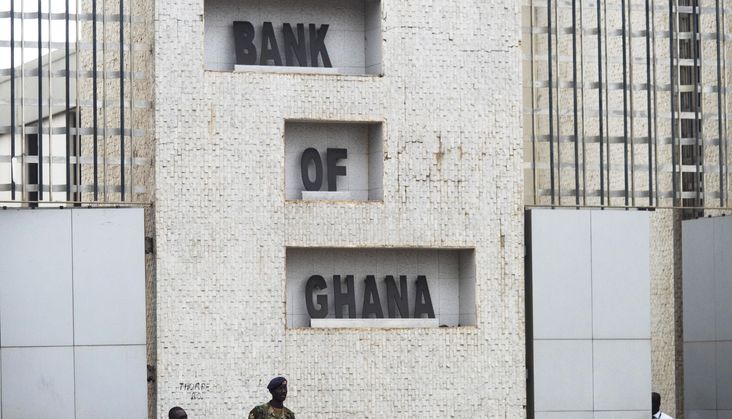
The Bank of Ghana (BoG) has dismissed more than 100 employees who were recruited in 2024, citing failure to meet the conditions of their probationary period.
The move is part of a growing wave of terminations across the public sector following a shift in government earlier this year.
According to internal documents, the affected staff received official dismissal letters on Thursday, June 19, instructing them to cease their roles by Monday, June 23. The Bank offered one month’s salary in lieu of notice.
The letters, signed by the Bank’s Head of Human Resources, Lucy Sasu, stated: “Management regrets to inform you that your appointment cannot be confirmed,” noting that the individuals had not satisfactorily completed their six-month probation.
Recipients were directed to return all bank-issued property before final departure.
The dismissals come amid heightened scrutiny over public sector recruitment that occurred in the final days of the previous administration.
Earlier this year, Chief of Staff Julius Debrah issued a directive nullifying all public sector appointments made after December 7, 2024.
The move, described as a measure to promote transparency and good governance, has since led to widespread job losses in several state institutions.
Vincent Ekow Assafuah, Member of Parliament for Tafo, drew attention to the trend on social media, expressing concern about the potential scale of the dismissals and the economic impact on affected families.
He noted the dismissals reflected “an ongoing reshaping of the public service.”
While the Bank of Ghana has not issued an official public statement on the broader implications of these dismissals, insiders suggest further reviews are underway.
The affected employees, many of whom were less than a year into their roles, now face sudden unemployment in the midst of economic headwinds and limited job openings.
The dismissals have sparked debate on the balance between administrative reform and employment stability, as Ghana continues to navigate the political and economic consequences of a transition in leadership.



